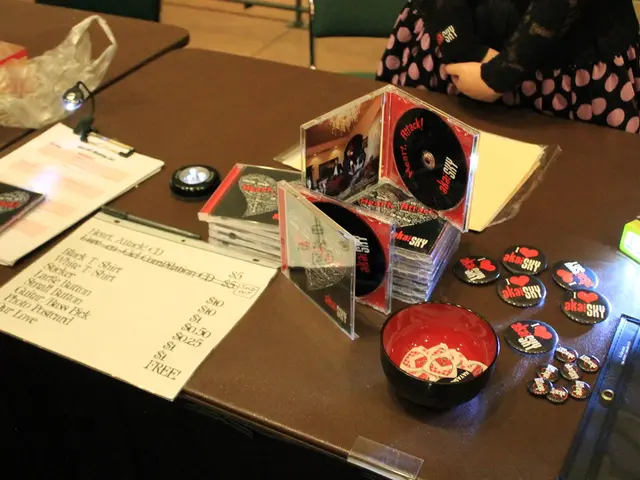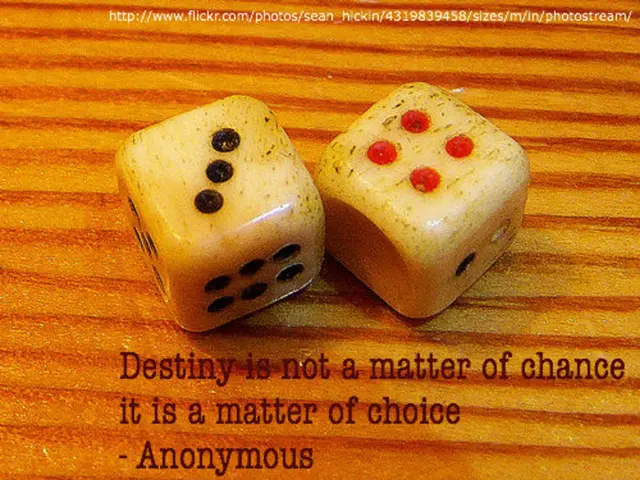Strategies for Effectively Handling Your Buy Now, Pay Later Financing
Buy Now, Pay Later (BNPL) loans, a popular financing option for both essential and non-essential purchases, have gained traction among consumers, particularly young people. However, repeated use of these loans for everyday expenses can lead to significant financial risks.
Marketed for their low or no interest rates and flexible payment plans, BNPL loans split purchases into four monthly installments, making them appealing for both large and essential purchases. Yet, if used frequently for everyday essentials like groceries or medical care, these loans can lead to overextension, causing consumers to fall behind on payments and face fees or interest charges.
The long-term financial implications of BNPL loans include increased risk of accumulating high debt, potential damage to credit scores, higher likelihood of needing debt consolidation, and challenges in managing essential expenses like housing payments.
Repeated BNPL usage can foster poor spending habits, making it easier to make impulse purchases or finance routine expenses through credit rather than budgeting with cash or savings. This reliance can strain long-term financial health, leading many borrowers to accumulate multiple BNPL loans concurrently, with some borrowing nearly ten BNPL loans annually. This accumulated debt often pushes consumers to seek debt consolidation loans, which are personal loans taken to combine multiple debts into one with a potentially lower interest rate and a more manageable payment schedule.
The U.S. Department of Housing and Urban Development (HUD) is studying the impact of BNPL loans on borrowers’ ability to manage housing expenses like rent or mortgages. Widespread BNPL debt may obscure the borrower’s true financial picture, complicate lending decisions for mortgages, and threaten housing stability. HUD has raised concerns about people relying on BNPL loans for regular living expenses rather than occasional purchases, indicating more scrutiny may be required for borrowers with heavy BNPL use.
To avoid these long-term financial risks, responsible use of BNPL should focus on occasional, larger purchases rather than essentials or recurring expenses. If you have other payments due, such as credit card or student loan payments, consider how a BNPL loan will add to your monthly payments. For shoppers with low credit scores or no credit history, BNPL loans can be a positive lending exercise if used moderately and responsibly.
Being aware of your overall spending and limiting the number of BNPL loans is recommended. It's crucial to read the fine print and understand fees, repayment schedules, and potential consequences before signing up for a BNPL loan. BNPL is a form of borrowing money, and missing payments can hurt your credit score, much like missing payments with any other loan.
Popular BNPL companies include Klarna, Afterpay, PayPal Later, and Affirm. As consumers continue to embrace BNPL, it's essential to understand the potential risks and exercise financial discipline to avoid accumulating debt and damaging credit scores.
- The long-term financial risks associated with Buy Now, Pay Later (BNPL) loans can include increased debt accumulation, potential harm to credit scores, and the need for debt consolidation.
- If used frequently for essentials like groceries or medical care, BNPL loans can lead to overextension, causing consumers to fall behind on payments and face fees or interest charges.
- Repeated BNPL usage can foster poor spending habits, and many borrowers may accumulate multiple loans concurrently, with some borrowing nearly ten BNPL loans annually.
- The U.S. Department of Housing and Urban Development (HUD) is examining the impact of BNPL loans on borrowers' ability to manage housing expenses like rent or mortgages.
- For shoppers with low credit scores or no credit history, BNPL loans can be a beneficial lending exercise if used responsibly and sparingly.
- To avoid long-term financial risks when using BNPL, it's critical to limit the number of loans, understand fees, repayment schedules, and potential consequences, and focus on occasional, larger purchases rather than essentials or recurring expenses.




